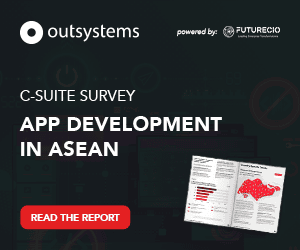From the Greek word authentikos, authentication, the act of verifying an identity, continues to evolve. Depending on the context, authentication might involve validating a person’s identity through identity documents, verifying the authenticity of a website with a digital certificate or determining the age of an artefact by carbon dating or ensuring a product is genuine.
While passwords were meant to protect systems and users from internal and external threats, these have become more of a cybersecurity problem than a solution in 2024. Passwordless authentication has evolved since the 1980s starting with dynamic one-time passwords held by physical fobs.
Johan Fantenberg, principal solutions architect for APJ at Ping Identity, acknowledges the challenge organisations will face implementing passwordless authentication. For one thing, the trust of the users in the new technology is a key barrier, he commented adding users are used to viewing passwords as a form of security.

“The benefits of biometric authentication might be overshadowed by how well users trust biometrics technology. Users will only start to see the benefits such as its ease of use when they trust the technology.”
John Fantenberg
For the full article and PodChat, please click here.




